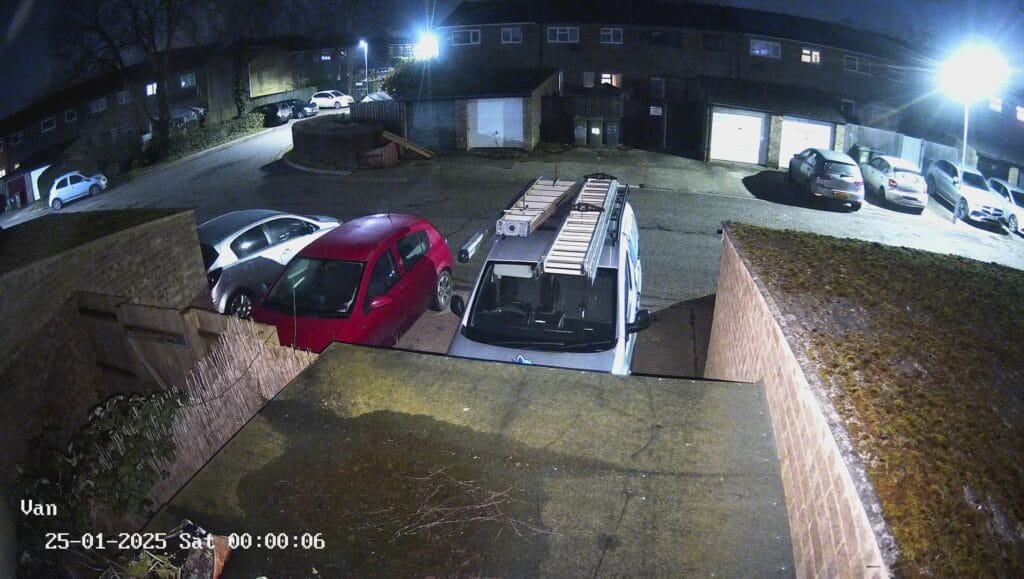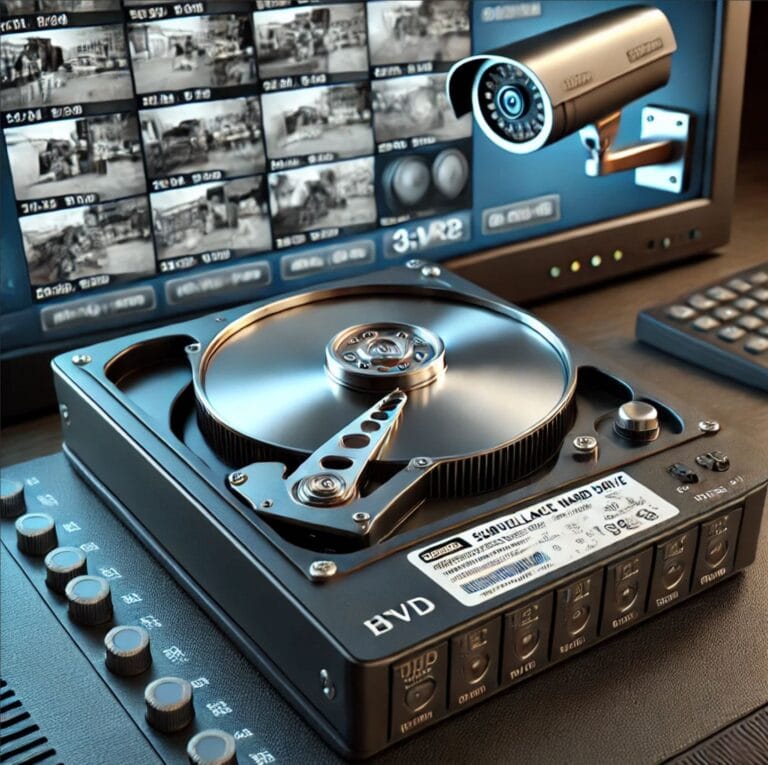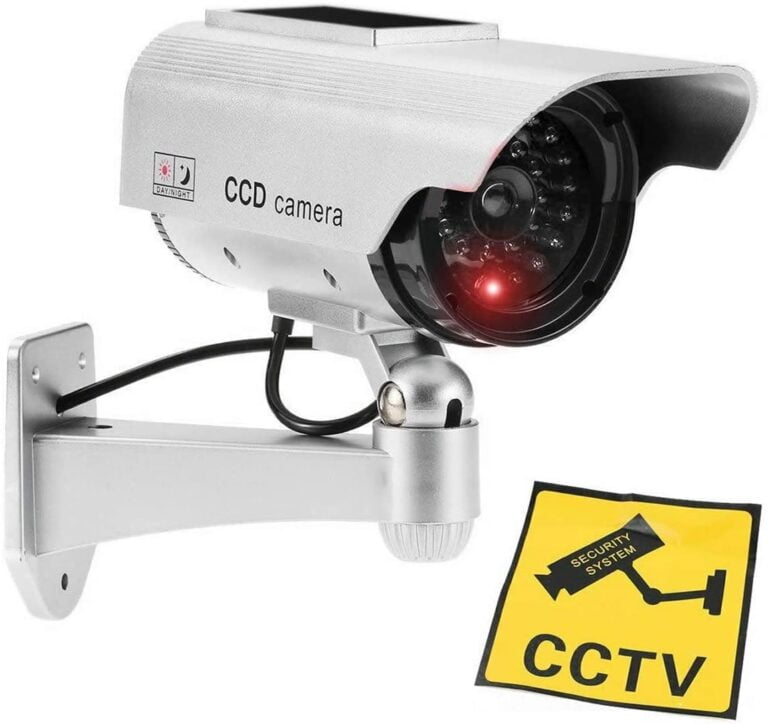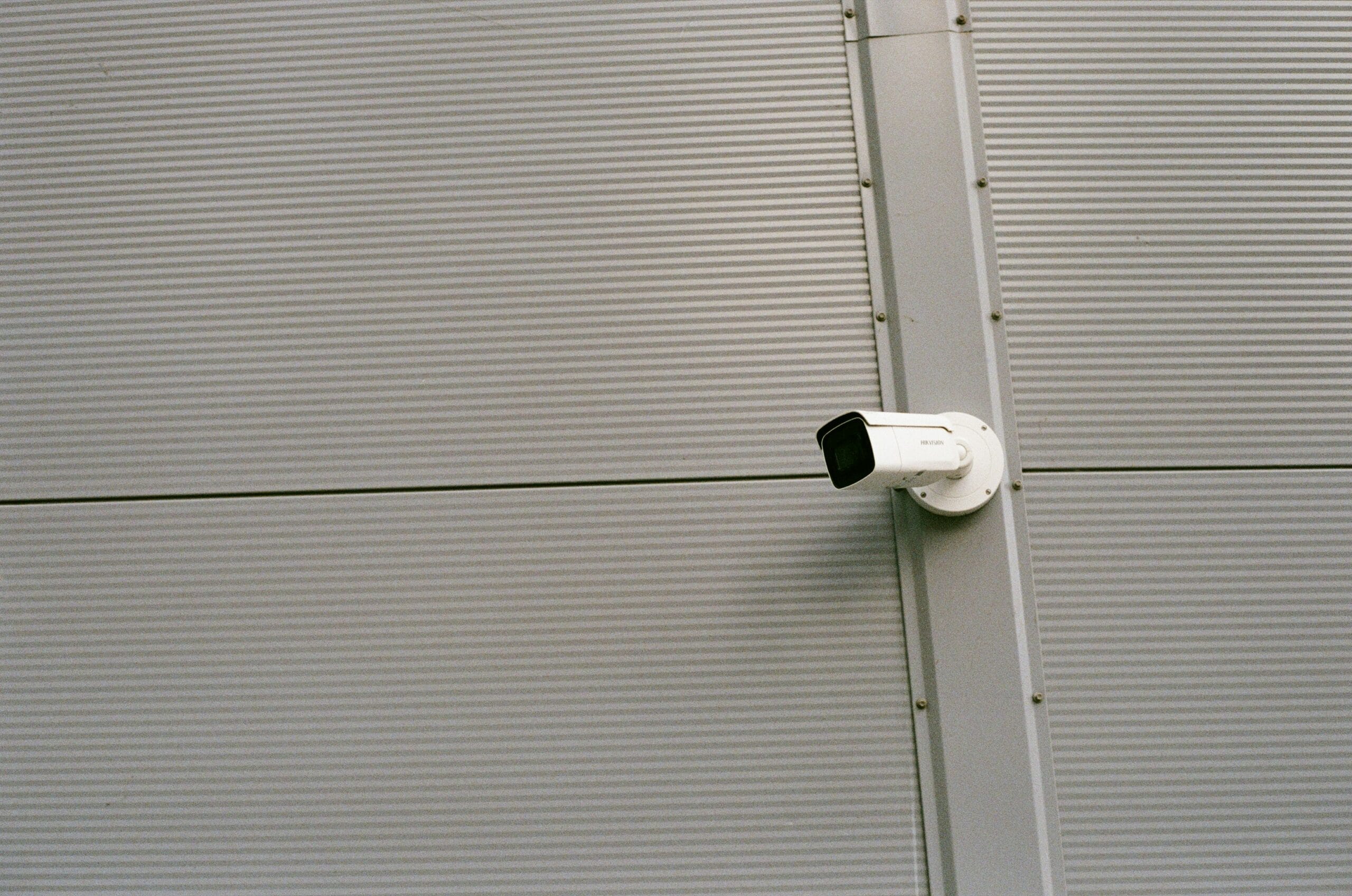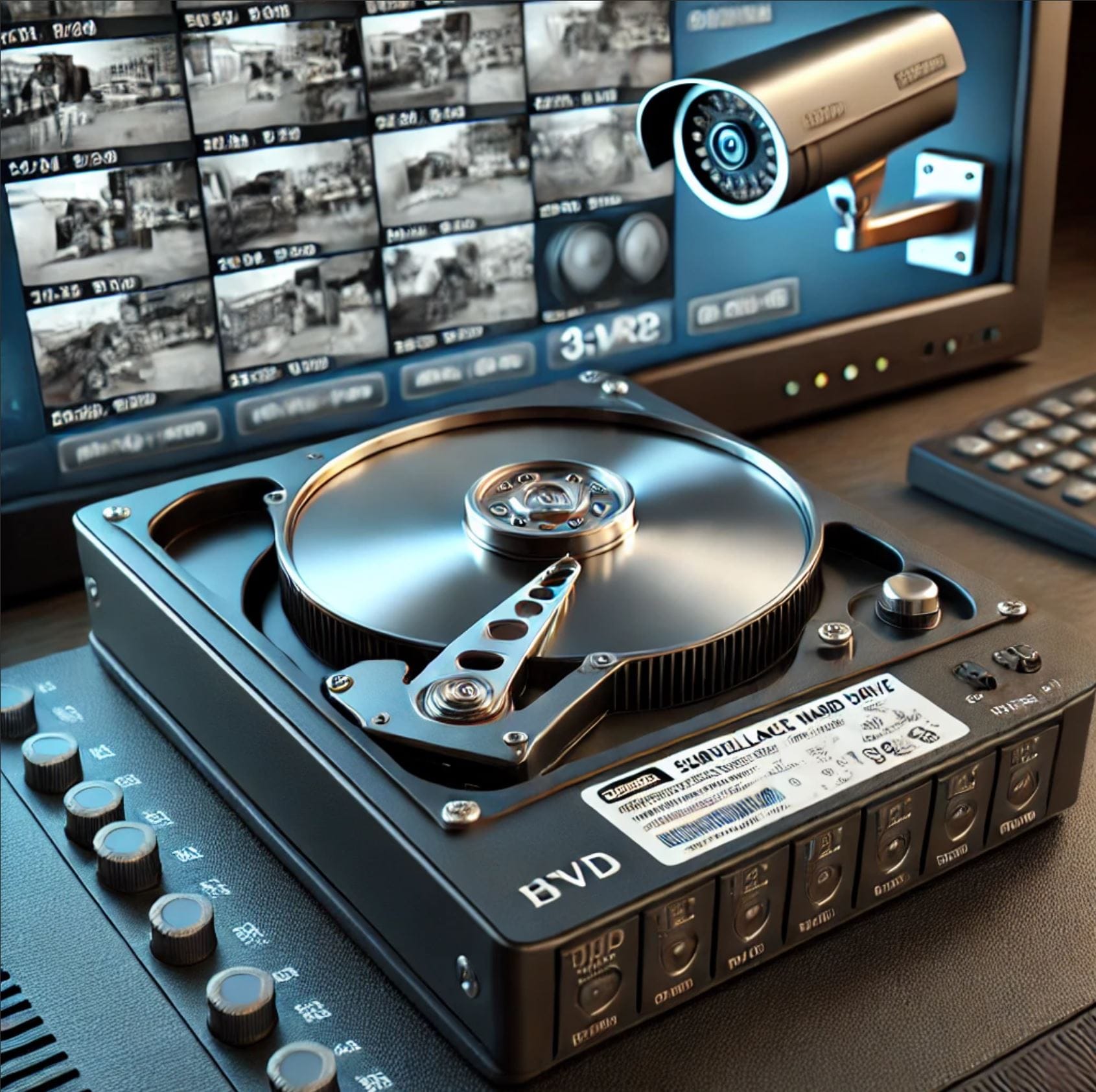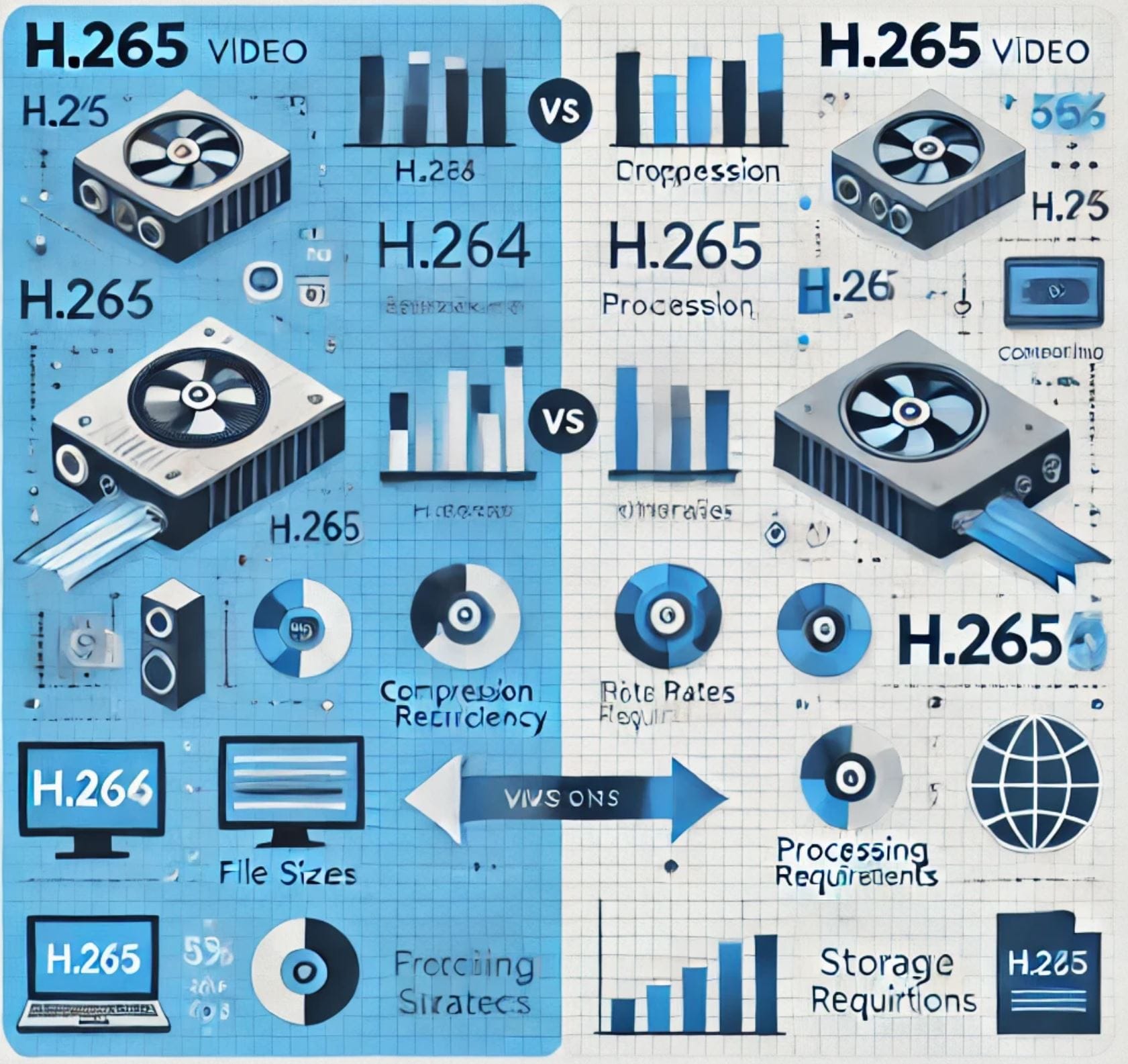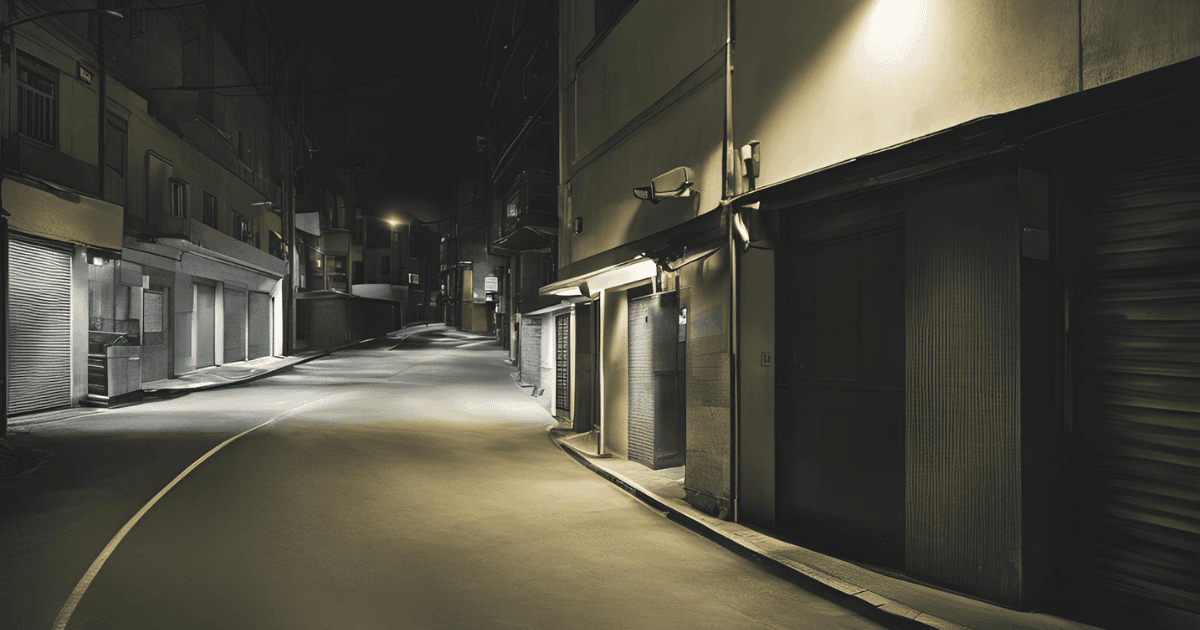When it comes to ensuring 24/7 security, the ability to capture clear footage in low-light or complete darkness is crucial. Night vision cameras have become a cornerstone of modern CCTV systems, offering various technologies to suit different needs. In this blog, we’ll explore the benefits of night vision cameras and compare three key types: cameras with no infra-red, infra-red cameras, and cameras with supplementary light, such as Hikvision’s ColourVu series.
1. Cameras Without Infra-Red Night Vision
These cameras rely solely on ambient light to capture images. While they can perform well in well-lit environments, they struggle significantly in low-light or dark conditions.
Pros:
- Cost-effective for areas with consistent lighting, such as indoor spaces or near streetlights.
- No additional light sources are required, reducing power consumption.
Cons:
- Poor performance in darkness, leading to grainy or unusable footage.
- Limited suitability for outdoor or unlit areas.
Best For: Environments with constant lighting where night-time visibility isn’t a concern.
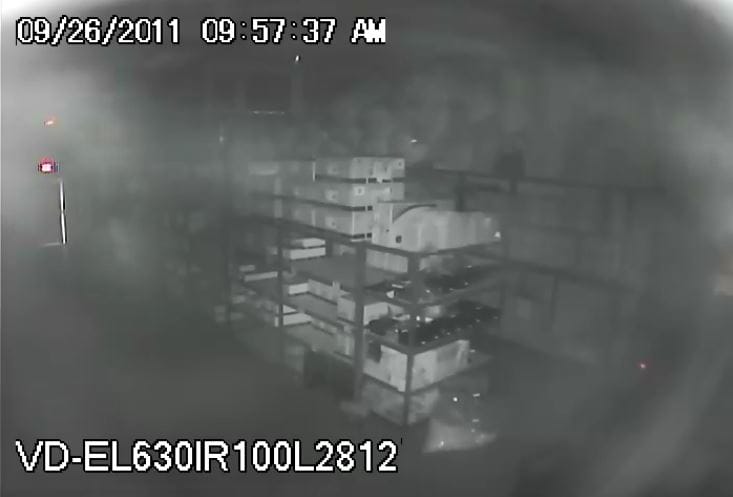
2. Infra-Red Night Vision Cameras
Infra-red (IR) cameras (such as Hikvision’s Darkfighter series) use invisible IR light to illuminate dark areas, allowing the camera to capture black-and-white footage in complete darkness. This technology is widely used in traditional CCTV systems.
Pros:
- Reliable performance in complete darkness.
- Invisible illumination means the cameras don’t disrupt the environment.
- Affordable and widely available.
Cons:
- Footage is in black and white, which may limit detail recognition.
- Objects close to the camera may appear overexposed due to IR light reflection.
Best For: General-purpose security where functionality in total darkness is essential.
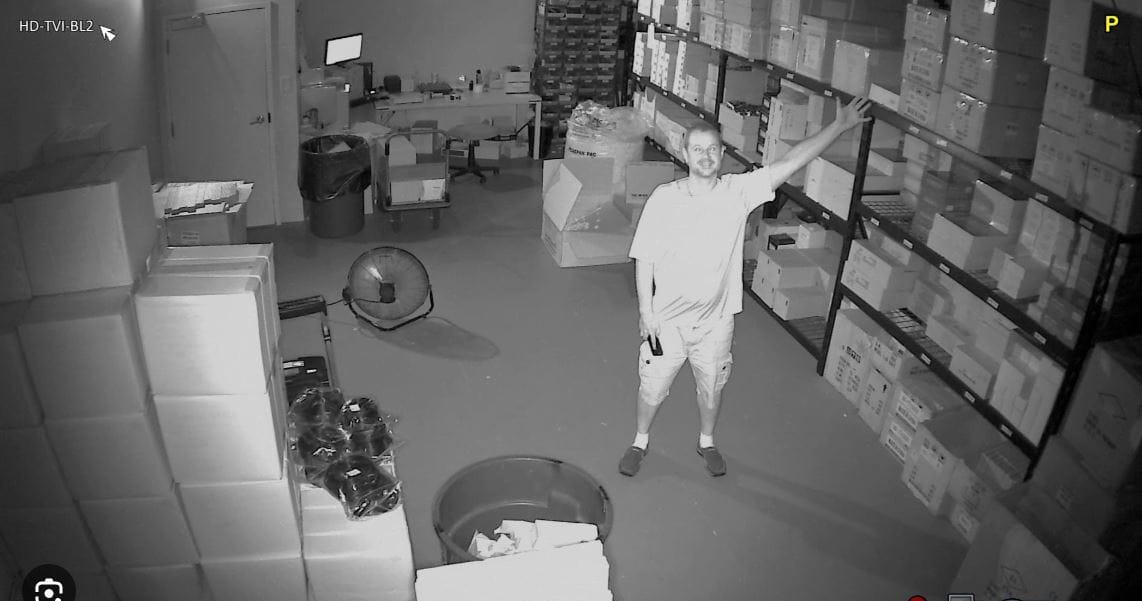
3. Cameras with Supplementary Light (e.g., Hikvision’s ColourVu)
Cameras with supplementary light, such as the ColourVu series, use built-in white or warm light to capture full-colour images even in low-light or no-light conditions. This innovative technology combines high-performance sensors with constant lighting.
Pros:
- Provides full-colour footage, even at night, improving detail and identification.
- Effective in areas with minimal or no ambient light.
- Deters intruders with visible light, enhancing security.
Cons:
- May cause light pollution in sensitive environments.
- Requires more power than IR cameras due to the supplementary light.
Best For: Situations where full-colour footage is critical, such as identifying clothing colours, vehicle details, or facial features.

Key Benefits of Night Vision Cameras
Regardless of the type, night vision cameras offer several advantages:
- Enhanced Security: Night vision ensures 24/7 monitoring, deterring potential intruders.
- Clear Evidence: High-quality footage aids in identifying suspects and solving incidents.
- Peace of Mind: Knowing your property is protected around the clock offers unparalleled reassurance.
Choosing the Right Camera for Your Needs
The ideal night vision camera depends on your specific requirements:
- If cost is a primary concern and lighting is consistent, cameras without infra-red may suffice.
- For general security in dark environments, infra-red cameras are a reliable choice.
- If capturing detailed, full-colour footage is essential, consider investing in supplementary light cameras like Hikvision’s ColourVu.
Conclusion
Night vision cameras are an invaluable asset in any security setup. By understanding the differences between available technologies, you can select a solution that best meets your needs and budget. At Duke Security, we offer a range of CCTV systems tailored to your unique requirements. Contact us today for a free, no-obligation survey and let us help you safeguard your property with cutting-edge night vision technology.

